
Association des Amis de Rabelais et de La Devinière
Laughter at Rabelais
Rabelaisian laughter in Gargantua
I why laugh?
1) To heal
Rabelais speaks to ill readers as a doctor (notice to readers and prologue). He claims to heal them with laughter. Laughter has medical virtues: it prevents man from sinking into moroseness and affliction (sorrow).
2) "Laughter is man's own"
This shows the optimism of humanism (first half of the sixteenth century). Laughter testifies to a positive conception of life, of an incessant quest for happiness.
3) Religious perspective
Laughter helps to save suffering humanity. It is faced with the fragility of the human being, as shown by Christian thought. He is fragile because he committed the original sin and was expelled from paradise.
II- The various processes of laughter
1) Word games
Puns (spirits), counterpères, anagrams (François Rabelais -> Alcofribas Nasier), inarticulate sounds (Janotus de Bragmardo, chapter XVIII), ridiculous or evocative names (Captain Merdaille, Jobelin Bridé, Captain Engoulevent) .
2) The obscene and scatological references.
Scatology is linked to a literary tradition illustrated by poets such as François Villon (1431? -1463?) And Clément Marot (1496-1544). It aims sometimes to make laugh, sometimes to condemn. Chapter XVIII: "The people of Paris are drowned in the urine of Gargantua because of his superstition and his stupidity"). Many references to sexuality and feces ("and both of them often made the beast with two backs", "widows can frankly play the croupier" (Chapter III), Chapter V: Long description of the Gargantua fly and evocation of a (fictional) work by Alcofribas Nasier: Of the dignity of the fly, Chapter XIII is devoted exclusively to the art of defecating).
3) The exaggeration.
Hyperbole is the main figure of style of exaggeration.
Digital outrage: "367014 beef cattle" (Chapter IV), "14913 cows" (Chapter VII), "264118 Parisians" drowned by Gargantua's urine
Enumeration: Chapter XXII, dedicated to the Gargantua Games
Difference between the proportions: cannon shots taken for Gargantua by grapes or flies (chapter XXXVI), the pilgrims in the salad are taken for snails (chapter XXXVIII)
4) Ecclesiastical humor
This humor is inseparable from the Franciscan formation of Rabelais. The Franciscans were famous for the cheerfulness and lively inspiration of their sermon. This humor consists of diverting certain liturgical formulas (masses) or passages from the Gospel and sacred texts (chapter XXXVIII: "this misadventure was predicted by David in his Psalms")
5) The scholarly comic (scholar)
It requires from the reader an abundant and varied culture: religion, ancient languages, ancient literature ... Chapter XIV: denunciation of the scholastic (medieval) teaching, given by the Sophist preceptors. This denunciation uses this process. Rabelais mentions one of these preceptors: Thubal Holoferne (Holoferne: reference to the Old Testament, Assyrian general decapitated by Judith, another biblical figure).
6) The irony
Irony is linked to humanistic thinking and does not explicitly express criticism. The main figure of irony is the antiphrasis. It requires some thought. Prologue: two voices, that of Rabelais and that of the narrator, Alcofribas Nasier. The voice of Rabelais shows a height of view, respect for the reader. Alcofribas Nasier is more insulting and vulgar.
III - The targets of laughter
They are multiple at Rabelais. It aims first to discredit the many enemies of humanism, but it doubles as an argumentative and critical dimension: laughter is satirical.
First target at Rabelais: the Sorbonne, a powerful faculty of theology. According to Rabelais, this is his most dangerous target. He keeps turning it into ridicule. The Sorbonne is all-powerful because the king has no influence on the decisions (end of chapters XVII and XVIII).
Second target of Rabelais: the scholastic world (philosophy and theology taught in the Middle Ages). The two most famous representatives are the first two preceptors of Gargantua (Thubal Holoferne and Jobelin Bridé) and Janotus de Bragmardo (whose speech is incoherent and hollow). Scholastics are, in the eyes of Rabelais, beings who have no critical spirit vis-à-vis the dogmas of the Church (dogma: principles that every believer must accept without thinking to join a religion).
Third target of Rabelais: the people of Paris, presented as superstitious and impressionable, manipulated by the Sorbonne. Rabelais denounces the stupidity of the Parisians by drowning them in the urine of Gargantua. He also denounces the impulsiveness of Parisians.
Fourth target of Rabelais: the judges. Target taken by Racine (The Pleaders) and Molière. He denounces the slowness of justice: Janotus de Bragmardo attacks Gargantua on trial but this trial will never take place (chapter XX).
Rabelais' fifth target: superstition, linked to religion. He criticizes the abuses of popular piety: Rabelais is one of the evangelists, who reproach the Church for exploiting the naivety of the people by the trade of relics (remains, bones, or objects of saints to which a sacred and to which the faithful worship and the worship of the saints; the pilgrims, drowned by Gargantua, utter magical formulas (chapter XVI). Also, facing Jean des Entommeures, the soldiers of Picrochole invoke holy numbers (chapter XXVII). Superstition is the opposite of the humanistic ideal, it prevents man from thinking for himself and exercising his critical spirit.
Conclusion:
Rabelaisian laughter has many aspects. It is sometimes radical but it also has a humanist aim. Satire and irony invite the reader to probe the work in depth so that it does not just have fun of a work that tells the adventures of a giant.